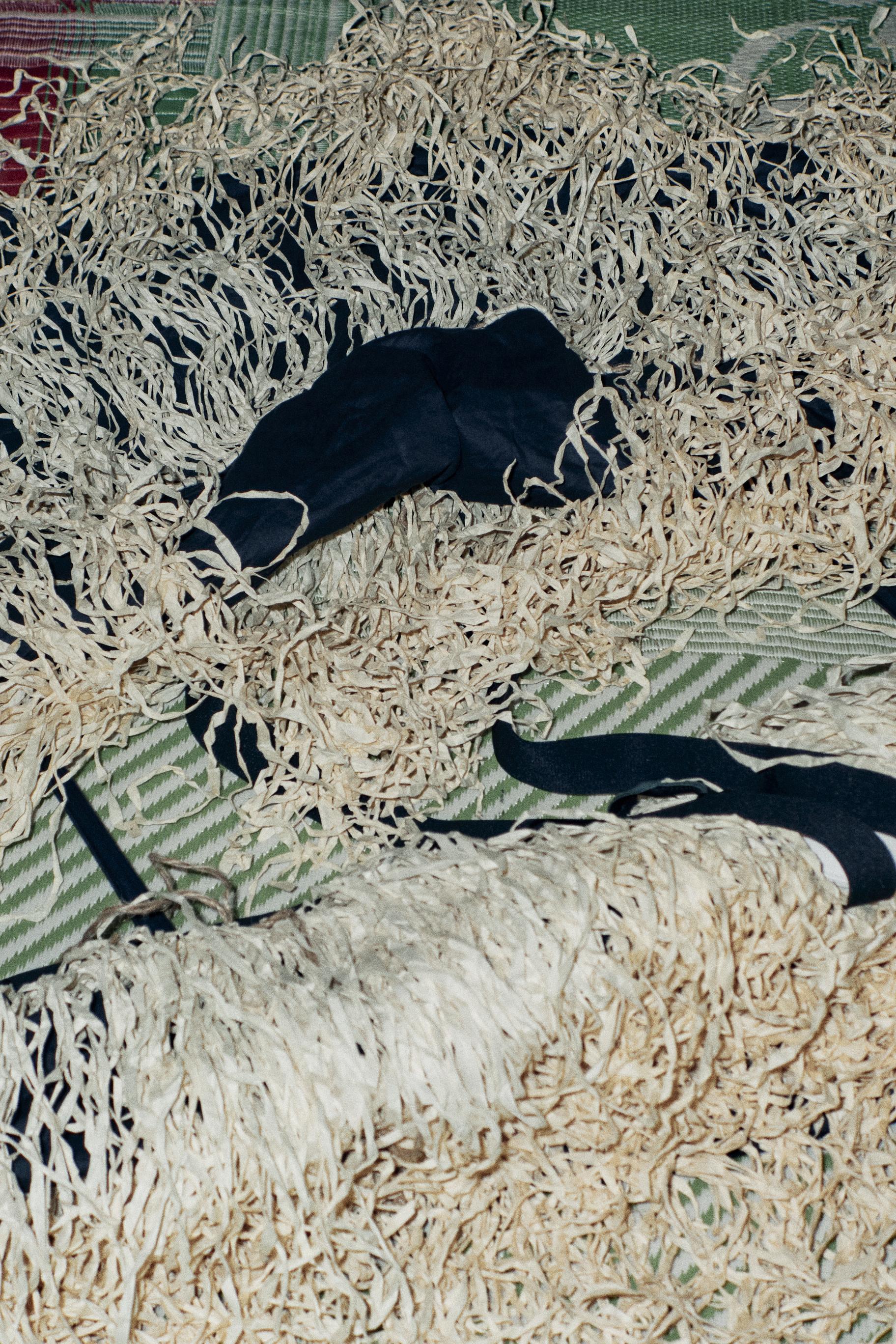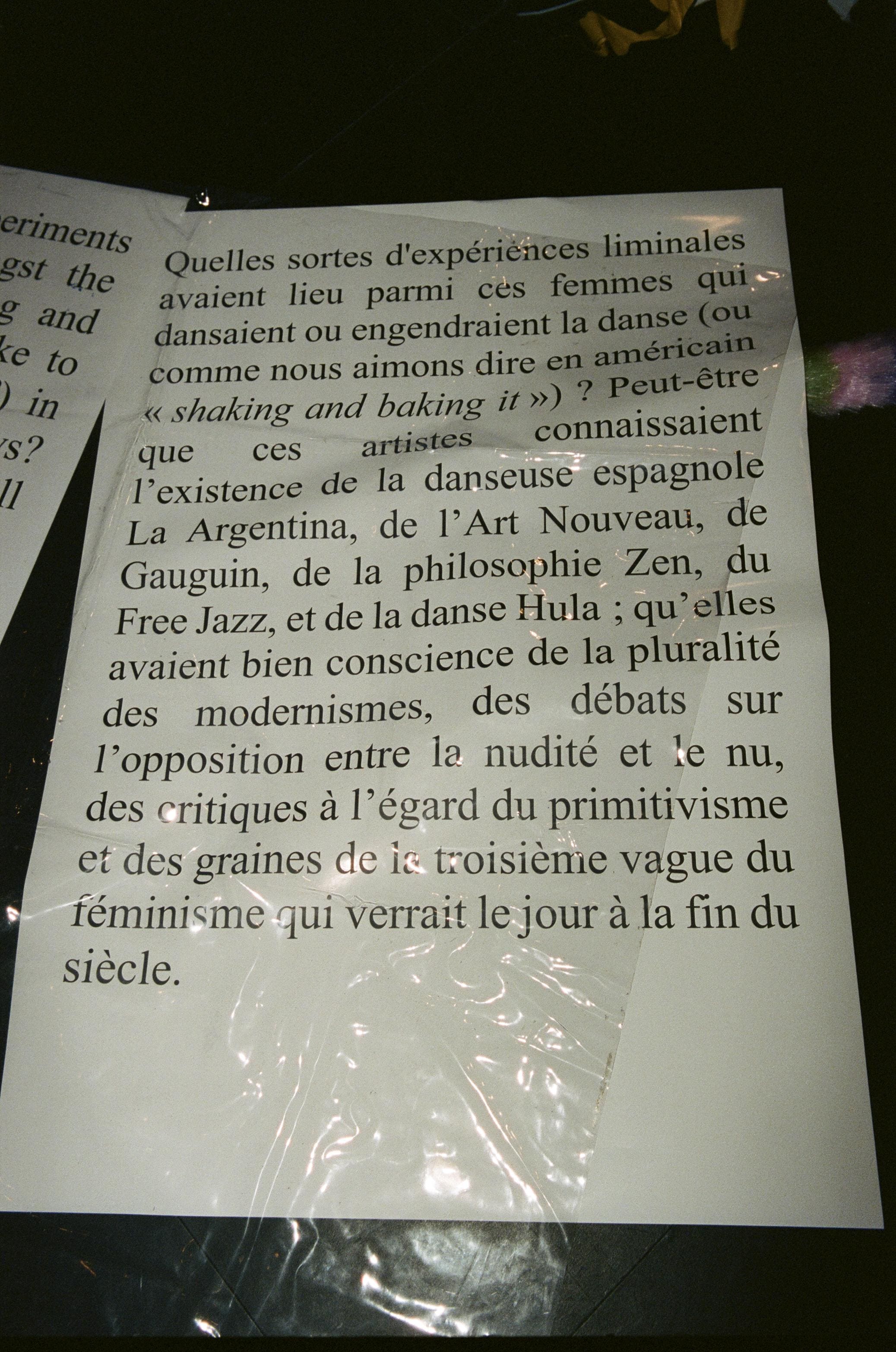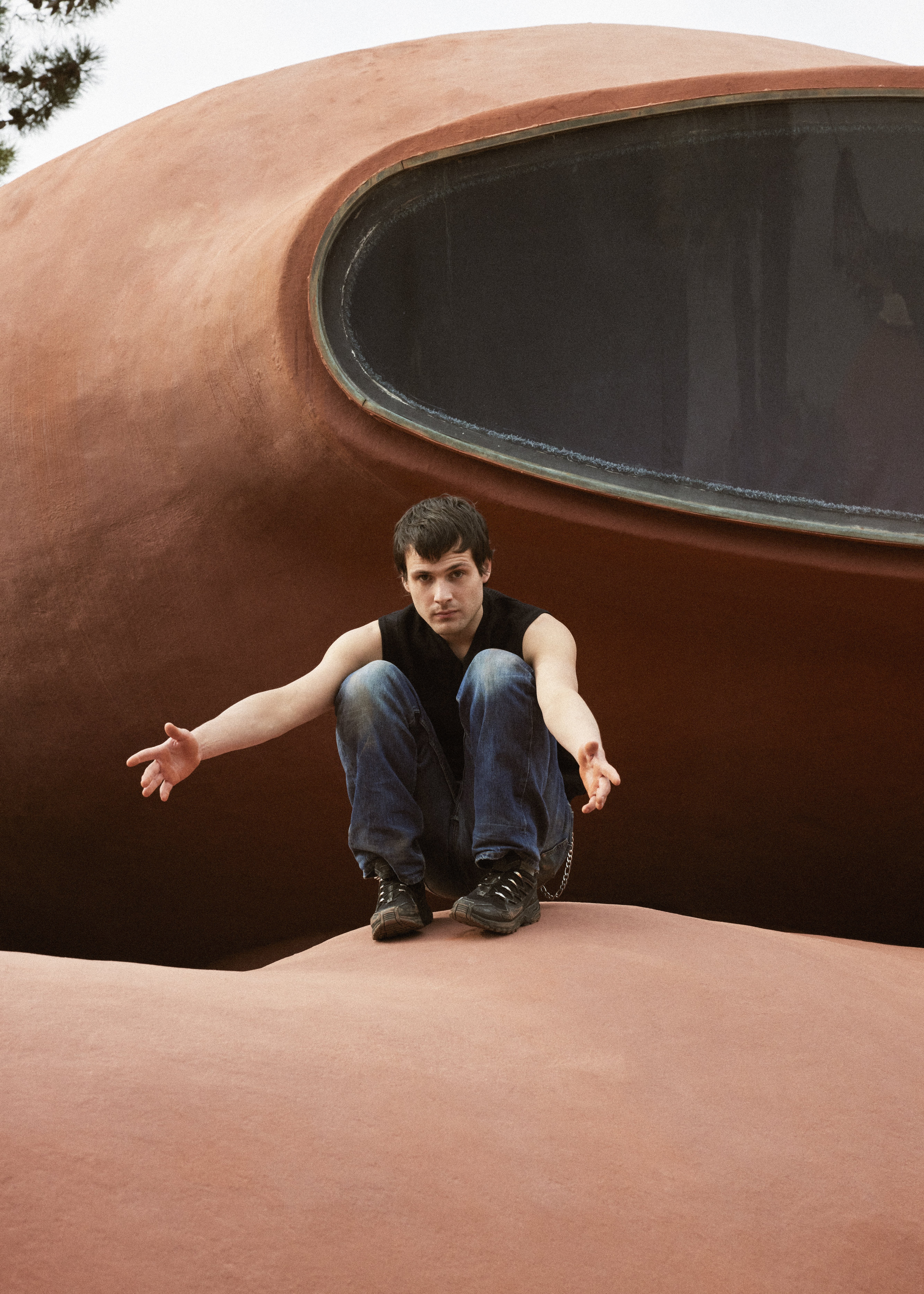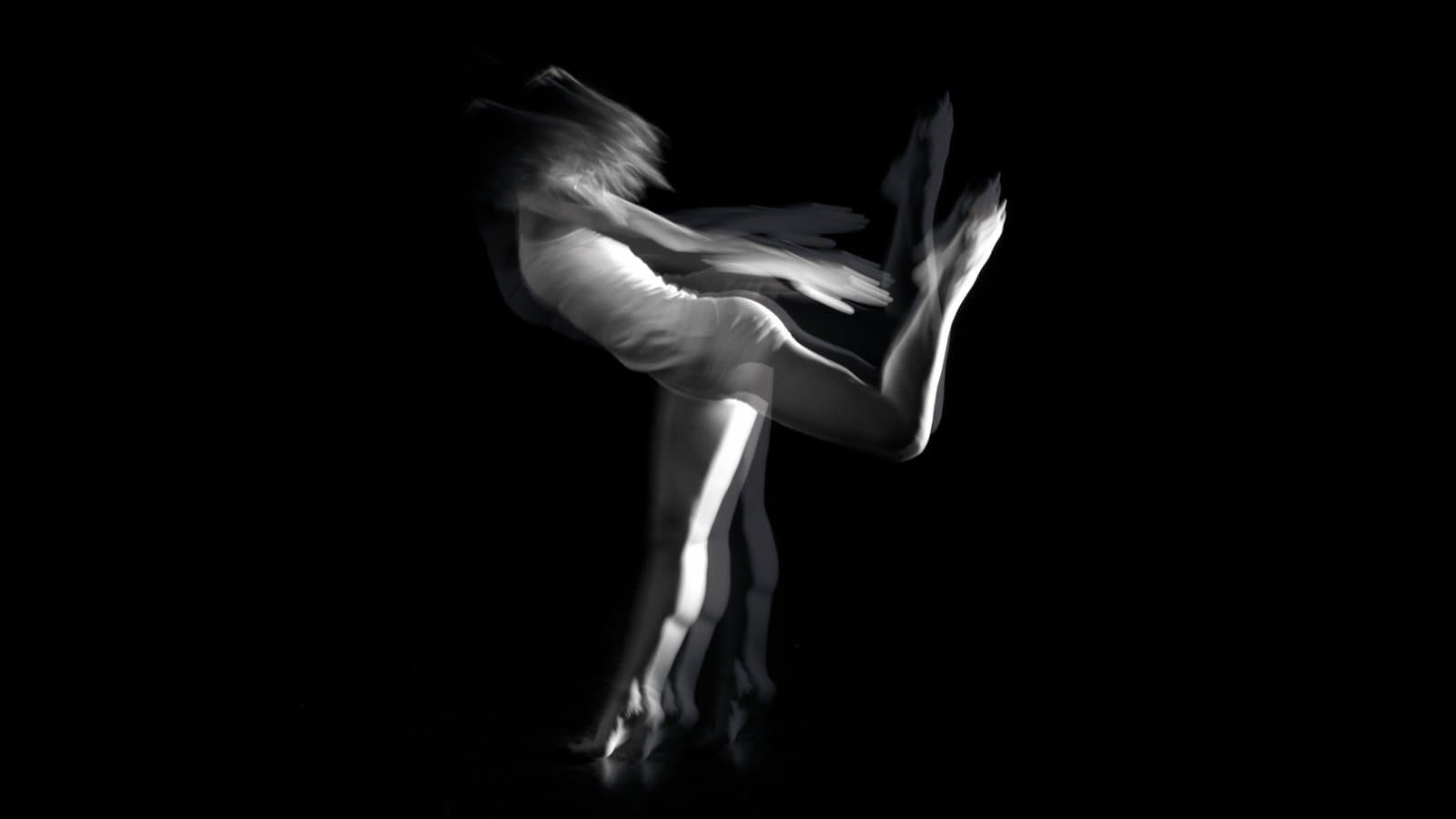Trajal Harrell's penchant for blending popular and highbrow genres, and the way he leaves his shows open-ended, like so many questions, have made him an instantly recognizable figure in the international dance scene. Until December, the Festival d'Automne in Paris is devoting a timely "Portrait" to him: at the end of the season, the Schauspielhaus Zurich Dance Ensemble, the permanent company he founded at the invitation of one of Switzerland's leading theaters, will close its doors for good.
Photographer Christophe Berlet took this opportunity to cast his gaze over one of the nine shows presented. Caen Amour is inspired by hoochie coochie shows, the sensual, orientalist performances that toured America in the second half of the 19th century. On stage, the audience is allowed to go literally behind the scenes, which allows for multiple points of view – as in these images taken backstage or on the spot, accompanied by the words of Ondrej Vidlar, long-time dancer and assistant to Trajal Harrell, who has experienced the piece from the inside since it premiered in 2016.
The creation process for Caen Amour was quite special. We rehearsed in Athens, Delhi and Hamburg, and the strongest memories that stayed with me are from our time in India. It was my first time there, and we did many things together outside of the rehearsals. We visited markets, took the subway, visited temples, ate local food, went to see Bollywood movies...
Those experiences were full of colors and smells. They definitely had an impact on all my senses, and I think this process comes across to the audience. We also didn't have the set until the final rehearsal period, so we had to work with lots of imagination, we played around with many different tasks and ideas.
As often with Trajal’s productions, I go through many moods and atmospheres for myself on stage. I dig into my memory to inspire me in relation to each section. During rehearsals, we typically define clear pinpoints and tasks for each section. Then it's up to us how we play and interpret them.
During much of the show, the audience is free to get up and wander around the back of the set, to see what we do “backstage.” Sometimes I block out the audience in my mind, and sometimes I play with them, I see them. Nothing that unusual has ever happened during a performance, but I have clear memories of some audience members thanks to this proximity.
It can be very vulnerable and very intimate, but it's still a performance for me: It creates a special moment that somehow feels safe and protected. I also love the moment of the “switch,” when we pass through the doorway from "backstage" to the front. It can feel like magic – it's as if you’re entering a different world.
It is definitely a challenge to work with the number of costumes we have, but it also makes Caen Amour more fun. We’ve had the privilege to perform it so many times that those costumes now feel like a part of my body.
I still enjoy performing Caen Amour. But I can also say that it's a challenge to feel how my own body has changed over the past 7 years, and to do a show like this twice during the same evening, as we often do. The production for sure has evolved and changed over that time. This is a beautiful aspect of Trajal’s work: It keeps growing and changing with every performance.
Interview by Laura Cappelle
Ondrej Vidlar, born in the Czech Republic, was trained in Latin, Modern and Contemporary dance. He graduated from the Belgian school of Performing Arts-P.A.R.T.S. in 2008. He was based in Brussels and worked as a freelance dancer, performer and production manager in numerous international projects. For many years he has been working in close collaboration with Trajal Harrell as a dancer, choreography assistant and rehearsal director. It’s also with whom he joined the Schauspielhaus Zürich Dance Ensemble in 2019. He is still living in Zurich, where he is working as a full time employee of this company.
Main image : Backstage of « Caen Amour », Trajal Harrell © Christophe Berlet

























